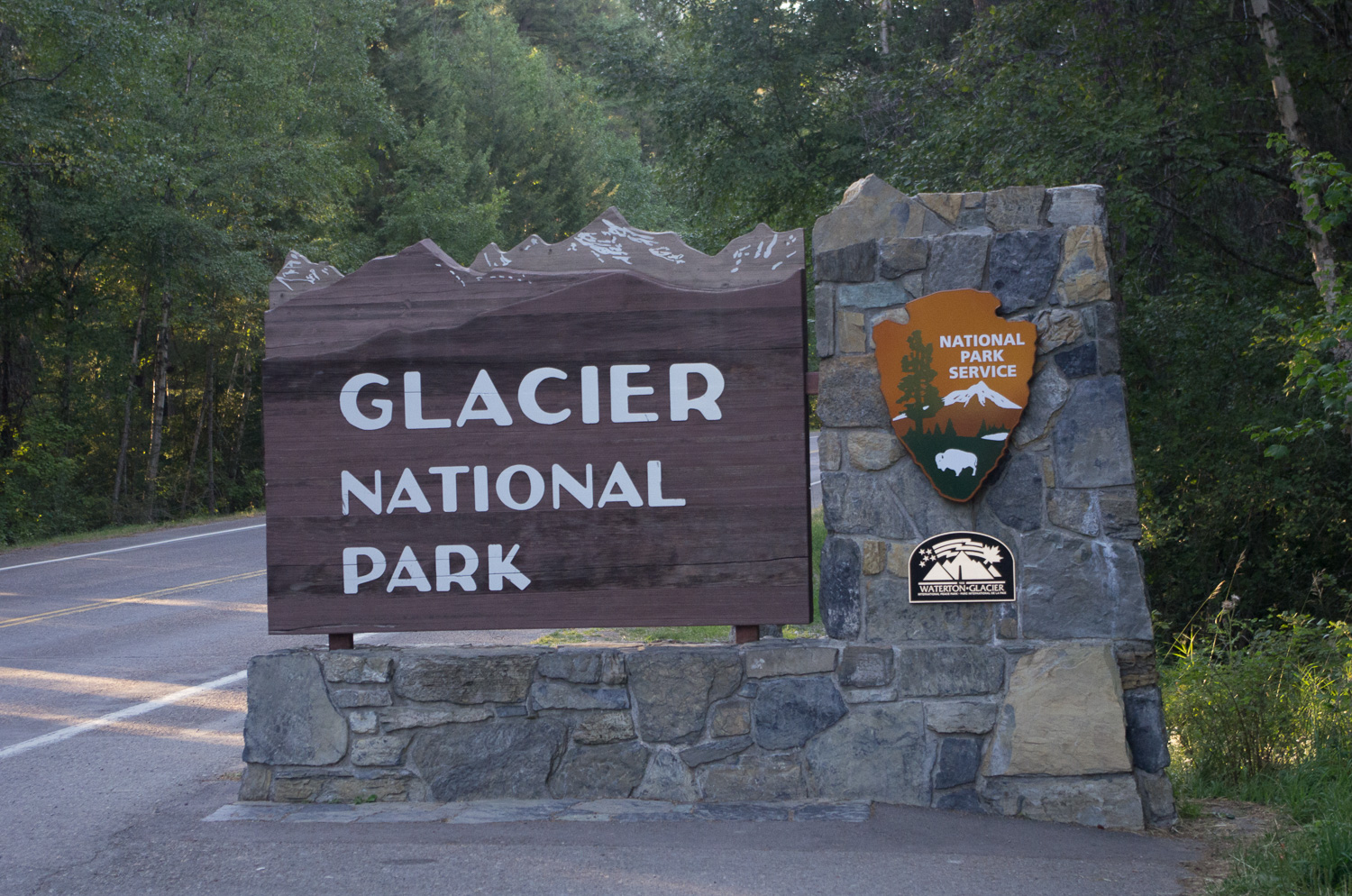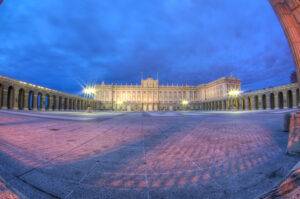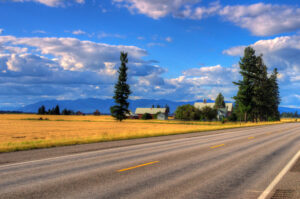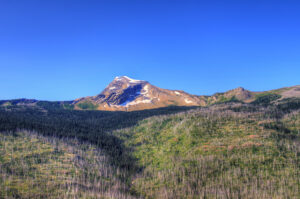Part Seven of Into the West is the continuation of a multi-part series that chronicles the journey that Shelley and I embarked on in late August and early September of last year. A journey that covered over 5,000 miles, seven states, and two provinces of Canada over the course of about two weeks. If you missed any of the previous parts click here to get caught up.
Day Nine
Day nine saw us waking up at the West Glacier cabin. The four of us ate breakfast and then headed into Glacier National Park.

Lake McDonald
We first visited Lake McDonald on the west side of Glacier National Park near the Apgar Visitors Center. We parked in what appeared to be a small village near the shore of the lake and walked down to the water’s edge. Below is a picture of our group.

We drove along Lake McDonald for a while and found many other places that granted us the opportunity for photographs.

In a some places Lake McDonald was sheltered from the sight by the tree line, in others you could see the lake from the car window. In those areas the Lake offered the perfect mirror to the mountains and the sky.

Lake McDonald Lodge
Our next stop was the Lake McDonald Lodge where we had the opportunity to photograph some of Glacier National Park’s Red Buses. These buses were restored with the help of the Ford Motor Company and by funds raised by local businesses located around Glacier National Park.

The Lake McDonald Lodge from the outside reminds me of a Swiss alpine lodge, which is fitting, seeing the surroundings that it is located in. There are also several small cabins located next to the lodge and beautiful flowers scattered throughout the grounds.


McDonald Falls
When setting out for this trip-of all the scenery there was to photograph, nothing interested me more than the myriad of waterfalls, and I tried to photograph as many as I possibly could. Knowing this, I was willing to doing what it took to get the photographs that I was after. In one such case, I walked up the creek bed to get as close to a waterfall as possible. I had decided how cool would it be if I could get the photograph from the middle of the creek with water flowing all around the camera’s position? If you are ever inclined to follow in this pursuit, please keep the following things in mind: First, most rocks that are found in mountain streams contain minerals that will make them slicker then an icy road in the middle of winter. Second, these streams, while not deep, can be fast moving during certain times of the year, and it does not take much to carry you down stream. Third, how far away is medical help? Fourth, is everyone in your group willing to wait while you get that perfect photograph or break a hip trying?

Now, if you have been following along with the rest of this blog about our trip, you’ll remember that I said in the very beginning that photography trips are more about the journey for me then the final destination, right? Well, in this case the photograph was worth the fall on the cold, hard, slick rocks and my feet being wet for the rest of the day. Luckily, the camera and tripod made it through the order deal as well, although, now that I’m thinking about it again, my left side is aching a little more than before this trip.

Lunch by the Stream
After slippin’ and slidin’ all along the waterfall, the four of us stopped for lunch by the side of the McDonald Creek at the Avalanche Creek parking area.

Going-to-the-Sun Road west of Logan Pass
After lunch the four of us proceeded east on Going-to-the-Sun Road, which crosses the mountains at Logan Pass. This road is another switchback, with gorgeous views. The pine forests in and around Glacier National Park have been hit hard by the Pine Beatle. This insect’s population has been on the rise as the winter season has been on the decline throughout the Rocky Mountains.

Bird Woman Falls
Along the drive up to Logan Pass, Bird Woman Falls can be seen by looking to the south prior to reaching the Weeping Wall when you are traveling from west to east along Going-to-the-Sun Road. The falls are fed by the melting snows and a remnant glacier that is located on the north and west side of Mount Oberlin, more about Mount Oberlin in a minute. Bird Woman Falls is one of the tallest waterfalls in Glacier National Park, dropping 492 feet and can be seen from over two miles away. Bird Woman Falls is most active in the late spring and early summer, and it all but dries up in autumn

Heavens Peak
Along Going-to-the-Sun Road headed to Logan Pass, we were presented with a clear view of Heavens Peak. This mountain reaches 8,987 feet and was first ascended in 1924 by Norman Clyde

The Weeping Wall
Along Going-to-the-Sun Road there are many things to see, unfortunately there was a great deal of construction occurring on the road last year so we were not able to photograph quite a few of them. Everything was still visible, there just weren’t enough pullouts at the right places to make the photographs. The Weeping Wall and Triple Arches were two of the locations that I had hoped to photograph, but was not able to get the positions that I needed to make the photographs. That being said, we were able to get a photograph that had part of the Weeping Wall in it. The photograph below was taken by our friend Ann, who could not resist taking at least one photograph during our time together in Glaciers.

Logan Pass Day One in Glacier National Park
REYNOLDS MOUNTAIN
As we drove up the mountain switchback we were presented with many different views of many peaks, valleys, and mountains. Reynolds Mountain climbs to 9,125 feet, and when you are standing at the visitor’s center in Logan Pass you can fully see it. The small plane which is Logan Pass is a jewel that is surrounded by four crown points, of which Reynolds Mountain is one. The others are Mount Oberlin, Clements Mountain, and Mount Gould. The small plane turns into a flowing valley to the east, with water flowing into the Saint Mary River.

MT OBERLIN
From Logan Pass you can see the east face of Mount Oberlin, which is 8,180 feet tall.

CLEMENTS MOUNTAIN
Clements Mountain is located on the west end of Logan Pass and climbs to a height of 8,760 feet. The mountain is named after Walter M. Clements who helped to create a treaty between the U.S. Government and the Blackfeet Tribe for tribal lands east of the continental divide.





